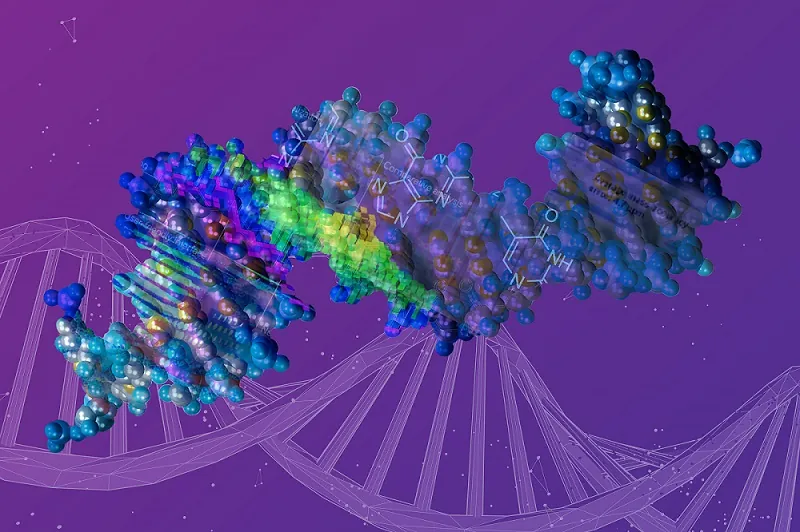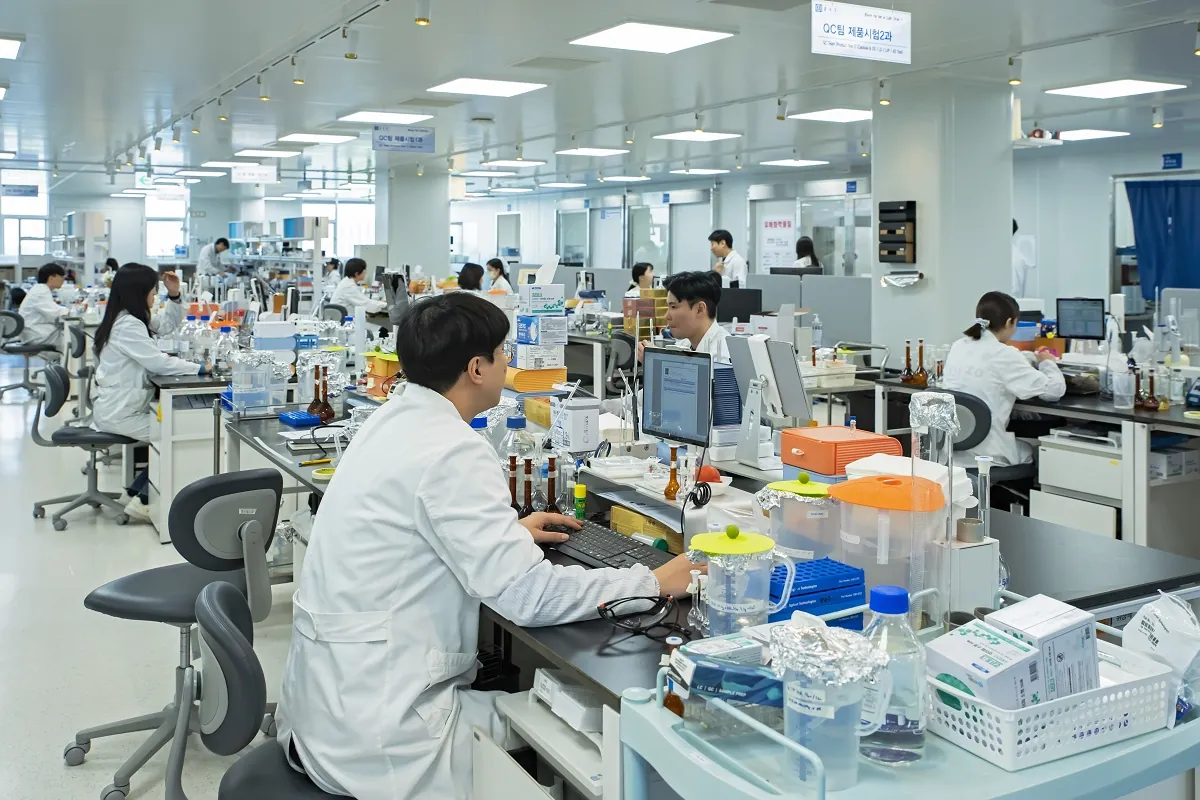Enhancing Analytical Productivity by Breaking Down Silos – Part 3

Creating a continuum of compliance – from the past, to the present, to the future
As biopharmaceutical companies continue in their mission to deliver life-changing therapies that harness the power of nature and our body’s own machinery, they are building on a legacy of previous work; from breakthrough discoveries to failed attempts and all of the analytical method and process development efforts in between.
As highlighted in Part 1 and Part 2 of this “Breaking Down Silos” series, biopharmaceutical companies are searching for ways to accelerate development, improve productivity, and lower manufacturing costs. Factors fueling this include a growing biosimilars segment and the need to stay price-competitive over the long run – plus growing pressure from governments, insurance providers, and society as a whole to bring down the high cost of these therapies so they can be more affordable and accessible.
To achieve these goals, quality by design (QbD) principles are being applied across the industry in order to improve analytical development and to better understand and control the manufacturing process, making it more efficient and less prone to quality failures and product recalls.
Many companies are also pursuing continuous manufacturing (CM), which holds out the promise of a much smaller manufacturing footprint, lower capital requirements, greater flexibility, and a lower cost-of-goods-sold (COGS).
Both QbD and CM rely on the ability to precisely monitor a range of product and process attributes, enabling developers to better understand causal relationships and measure the impact of process changes on the final product.
These important initiatives will undoubtedly enable the industry to improve product quality and achieve productivity gains, but often overlooked or underestimated are the hidden complexities involved in capturing, managing, and reporting data for regulatory filings, and the impact this can have on the overall productivity of the enterprise.
In Part 1 and Part 2 of this blog series, I focused on the value of being able to transfer data in a compliance-ready manner from upstream labs to downstream labs, and from central to distributed labs (i.e., outsourcing partners). Today, I’m highlighting the value of being able to access, import, and utilize historical data, which can not only help to quickly reconcile regulatory issues that may arise in the future, but also can help to inform, guide, and accelerate current development efforts.
Overcoming today’s problems with yesterday’s data

For example, what if an unknown impurity showed up in a manufacturing batch and it was now incumbent upon your company to identify this impurity and prove it did not adversely affect the safety or efficacy of the drug?
Without a compliance-ready archive of all batch records, a laboratory would need to begin re-analysis of batch samples that were physically archived over time – a costly and time-consuming effort that could last for months.
But with the ability to access and re-interrogate compliance-ready data acquired from all previous batches, that lab could potentially demonstrate that the unknown impurity was always present, though not previously identified. In such a case, resolving the regulatory issue could be greatly expedited and added costs minimized.
Additionally, the ability to access historical compliance-ready data from the analytical method and process development work done with previous drug candidates can help jump-start and accelerate the development of current and future drug candidates.
As the biopharma industry moves into the future, all indications are that LC-MS data will take an increasingly prominent role in regulatory filings, so having access to historic compliance-ready LC-MS data will only become more important with time.1
Technology that enables access to the right data at the right time
With this industry dynamic in mind, Waters is working hard to develop compact, robust, and easy-to-use LC-MS systems and workflows that can be employed for routine analysis of biologics in late development, manufacturing, and eventually QC labs. From an informatics standpoint, we’re working to ensure the data from these instruments can be captured, shared, and reported in a compliance-ready manner that preserves data integrity, enabling greater productivity across the enterprise.
For example, the ACQUITY QDa Mass Detector and Empower Software have already proven to be valuable tools for biopharma companies that are working to gain productivity and strengthen their monitoring capabilities in support of QbD and CM initiatives (See video below).
In January 2019, we’re excited to launch a new accurate mass monitoring solution that will further extend and strengthen our biopharmaceutical monitoring capabilities. (If you would like to receive updates about this new platform as soon as it becomes available, please click on the “register for updates” link below.)
At Waters, we’re committed to helping our customers achieve breakthrough productivity in biopharmaceutical development and manufacturing, and our strategy for doing so is predicated on:
- Developing the right fit-for-purpose analytical tools for the job at hand – both instruments and consumables;
- Offering a compliance-ready informatics ecosystem that all our tools can work within;
- Ensuring customer success through our expert-level global service team that can qualify and validate our system solutions, and provide comprehensive training and professional services to ensure you can be successful.
In this blog series, I have focused primarily on informatics and the hidden complexities when transferring data and information that can be a major source of lost productivity, whether from upstream to downstream labs, from central to distributed labs such as outsourcing partners, or when looking to access and utilize historical data. We are actively working to build a continuum of compliance for analytical laboratories – one that connects Empower with UNIFI software, that spans traditional LC-optical workflows and newer LC-MS workflows, and that carries our customers forward with confidence, productivity, and assurance.

To learn more, please visit:
Read my previous post in this series:
- Enhancing Analytical Productivity by Breaking Down Silos (Part 2): Transferring data and methods from central to distributed labs
- Enhancing Analytical Productivity by Breaking Down Silos (Part 1): From Upstream to Downstream Labs
References:
- Challene, Cynthia A. Mass Spectrometry Measures Up to Analytical Challenges. BioPharm International. Feb 01, 2017, Volume 30, Issue 2, 14–17, 49
Previous blog posts on biopharma data harmonization:
- Biopharma Data: Chaos or Harmony?
- Biosimilars Intensify the Need for Harmonized Data
- From the Results of Yesterday to the Biologic Drugs of Tomorrow
Product information:
Popular Topics
ACQUITY QDa (17) bioanalysis (11) biologics (14) biopharma (26) biopharmaceutical (36) biotherapeutics (17) case study (17) chromatography (14) data integrity (22) food analysis (12) HPLC (15) LC-MS (22) liquid chromatography (LC) (20) mass detection (16) mass spectrometry (MS) (54) method development (13) STEM (12) sustainability (12)


